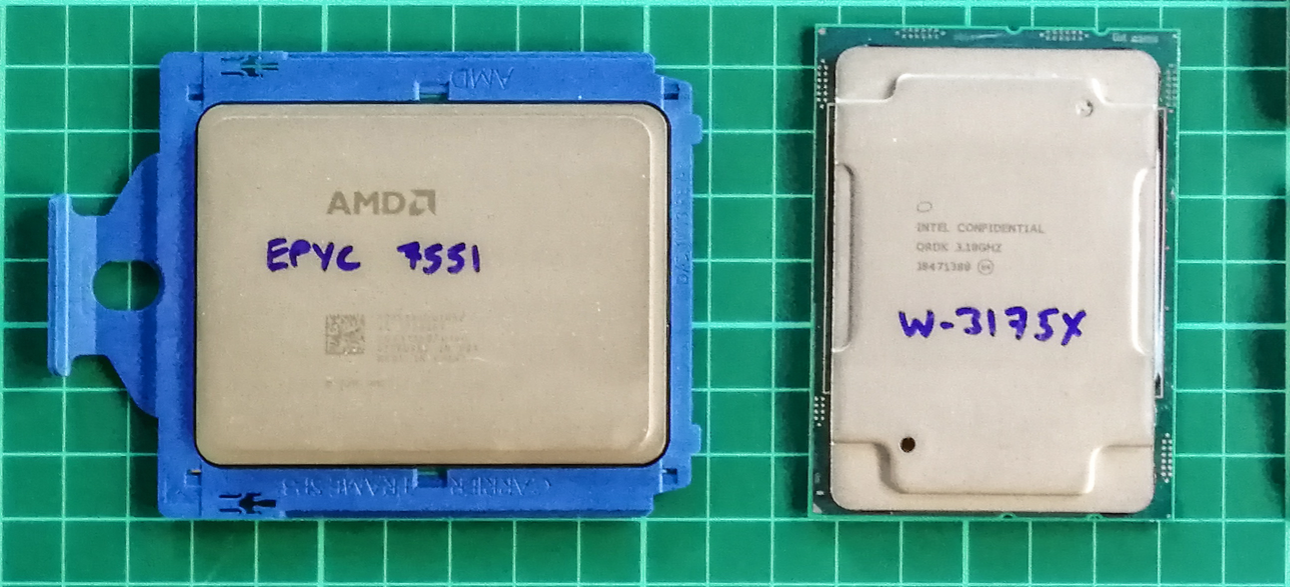OFaceSIG
2[H]4U
- Joined
- Aug 31, 2009
- Messages
- 4,042
Follow along with the video below to see how to install our site as a web app on your home screen.
Note: This feature may not be available in some browsers.
Which begs the question, why would Intel even want GloFo? Aren't they widely considered a second tier also-ran of a player? Maybe they hope to learn from GloFo's abandoned 7nm process?
But buying a failed process to help fix your failed process doesn't seem like it would be a winning strategy...
lolit's not about length, it's about girth
It's totally not about that.
What Intel would plausibly want it for is get GloFo's contract fab business. They've stated a desire to expand into that segment, and buying GF would get them in the door in a big way. From there they'd be in a much better spot to court the subset of GF's current customers who are interested in upgrading to newer, but still behind leading edge, processes. The customers would still have to do a fair amount of work to transition from GF to Intel design rules; but the same would be true if switching to TSMC or Samsung.
AMD tries to cheat with its condom.it's not about length, it's about girth

That makes sense. So they are really in it to acquire the customer base, not necessarily the technology or the fabs.
FYI while it wasn't a success in terms of coming out when they wanted it, it is not something that doesn't exist. The i7-11800H is an 8 core mobile CPU that is 10nm, and available in systems now. Ends up being competitive performance wise with Zen 3 mobile CPUs, but is more power hungry. It's really Intel 10nm though, and is really available in products in consumer hands.Intel's 10nm process - if it had been successful - would likely have been comparable in size to TSMC's 7nm process.
YI while it wasn't a success in terms of coming out when they wanted it, it is not something that doesn't exist. The i7-11800H is an 8 core mobile CPU that is 10nm, and available in systems now. Ends up being competitive performance wise with Zen 3 mobile CPUs, but is more power hungry. It's really Intel 10nm though, and is really available in products in consumer hands.
YI while it wasn't a success in terms of coming out when they wanted it, it is not something that doesn't exist. The i7-11800H is an 8 core mobile CPU that is 10nm, and available in systems now. Ends up being competitive performance wise with Zen 3 mobile CPUs, but is more power hungry. It's really Intel 10nm though, and is really available in products in consumer hands.
She told me it was durability.it's not about length, it was about girth.
But from what I understand of Intel’s processes they are also now using the designs they had originally planned to launch with the 10nm process back in 2016.Yeah, they have released a few, but the CPU's it yields still aren't of the quality the original plan called for back in 2016...
So I still wouldn't call the process "successful".